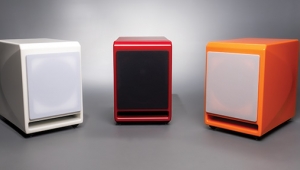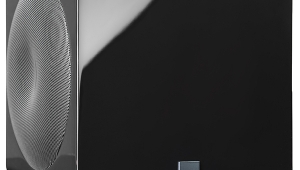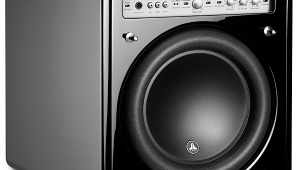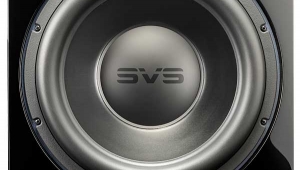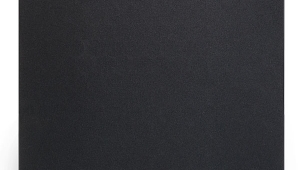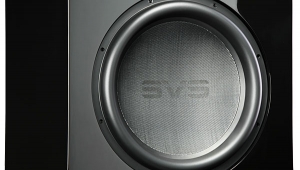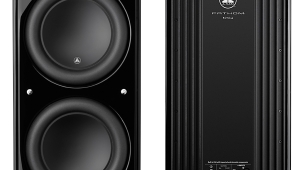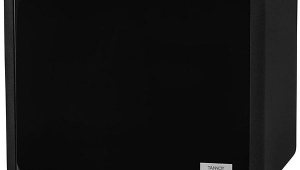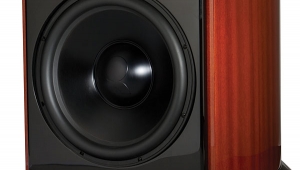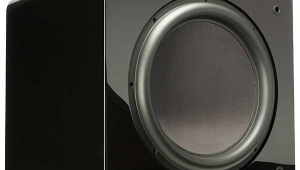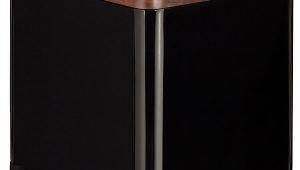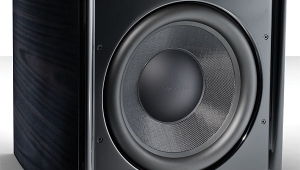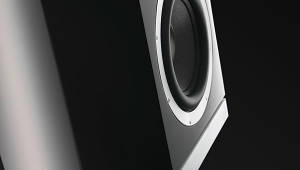| Columns Retired Columns & Blogs |
In my opinion the following is what I experienced when I owned this Velodyne DD 18 + sub. I sold it the fact the old Velodyne HGS 18 inch sounded to me significantly much better in all aspects. In fact the new DD 18 + seems not to move air, not play loud, not go deep, sluggish with no punch like the old Velodyne was famous for. In fact if you push it, it appears to distort! So what is left? A big price tag, a shinning heavy box to move around exaustively trying to get any bass out of it where I just could not get any deep bass or even bass out of it in my experience. I was disappointed as it appears to me that Velodyne seems to censors their customers reviews. Don’t consumers need to know what other customers have experienced? Thank god for Stereophile! After reading the Home Theater review I end up buying 4 VTF-15F HSU subs and got the deepest tight controlled bass, punch, musicality and speed without any distortion or boominess. The bass sounded thru the HSU much more even thru the room than thru the one Velodyne, the HSUs create a sense of expanding the bass beyond the walls, with less apparent distortion and simply seems to wipe out the DD18+ in all other aspects, hands down. With all the glossy shine finish, the complicated technology and the cost of the DD18+, it seems that HSU go for the real thing of what you are essentially paying for: DEEP BASS!
By the way you end up keeping a saving of $2,000 in your wallet as the 4 HSU are less than $4,000 when the Velodyne is much more money for less bass.

